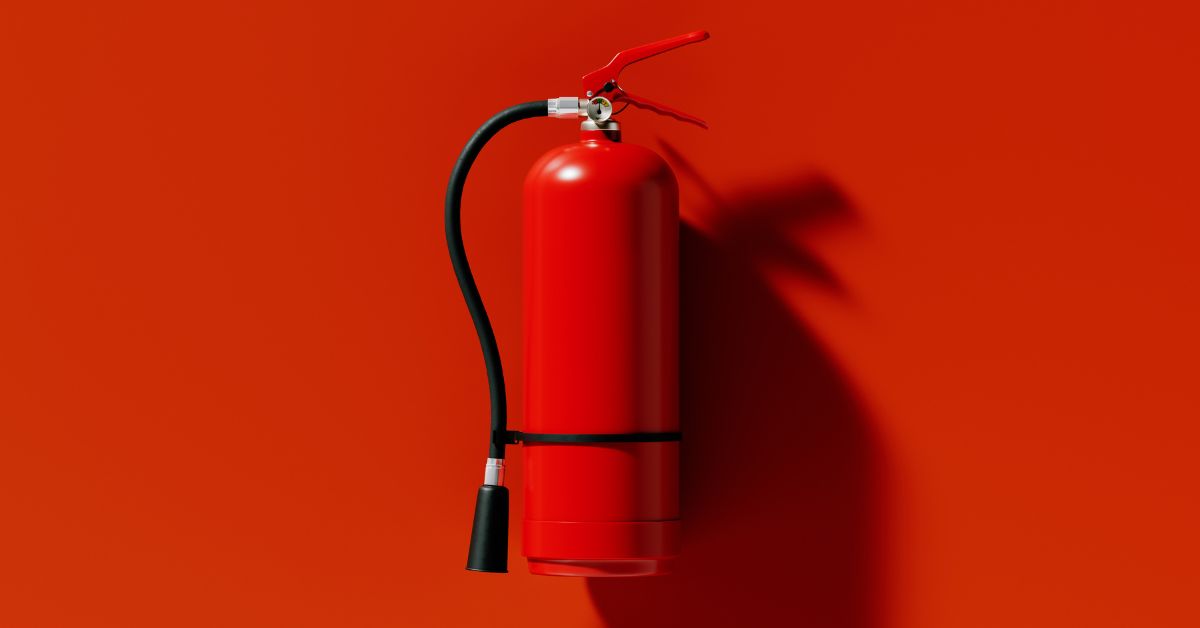Isopan's constant search for innovation in the light of the contemporary debate on fire prevention.
With a view to improving the performance qualities of its products, their impact and their sustainability with respect to the production cycle, it has brought the panels to a high level of quality that allows the end user the certainty of a product with excellent fire resistance and reaction characteristics.
Definition of reaction to fire class
The fire prevention regulations, an increasingly central theme in all stages of design, draw a well-defined line on the classification of construction products and elements and their physical characteristics with regard to:
- reaction to fire
- fire resistance
While fire resistance is to be understood as the maximum time for which the material or product provides resistance in terms of stability, tightness and insulation (from 15 minutes to 360 minutes), reaction to fire, on the other hand, indicates the behaviour of the material or product when it comes into direct contact with a heat source.
The use of certified materials in dry construction therefore aims to slow the rate of fire spread, allowing the building's occupants to evacuate safely.
However, an initial distinction must be made between CE-marked and non-CE-marked products.
For products without this marking, the reaction to fire is assessed by the Ministerial Decree of 26 June 1984, which divides materials into classes 0 to 4.
For CE-marked materials, on the other hand, the standard UNI EN 13501-1, “Fire classification of construction products and building elements - Part 1:
Classification using test data from reaction to fire tests” to define the reaction-to-fire classes, based on a series of specific tests that evaluate:
- the degree of reaction to fire according to flame propagation speed, extinguishing time, damaged area and presence of dripping, identified in the certification by a letter ranging from F (for products most easily combustible) to A2 and A1 (for non-combustible products);
- smoke production, identified by the letter s together with a number, from 1 to 3 (the lower the number, the less smoke is produced);
- presence of dripping phenomena, identified by the letter d together with a number, from 0 to 2 (the lower the number, the lower the dripping phenomenon).
Isopan sandwich panels in dry construction
The possibility of using prefabricated construction elements allows for an environmentally sustainable approach, with the aim of optimising time, keeping costs under control, minimising waste production and facilitating end-of-life disposal.
Sandwich panels play an increasingly prominent role in this scenario and are no longer intended for the commercial and industrial sector alone, but are also increasingly present in the civil and hospital sectors.
In addition to their excellent thermal insulation capacity and ease of installation, they also have fire performance, making them effective passive fire protection tools.
Since they can be used both for the enclosure, meaning perimeter walls and roofing, and for interior walls, it is much easier to achieve the required performance depending on the needs of the project, and the wide range of Isopan panels makes it possible to respond to these needs with specific products, suitable for any requirement. Panels are available for the realisation of:
- flat and sloping roofs (for industrial, commercial and civil buildings), with Isodeck PVSteel, Isocop and Isodomus panels;
- external and internal infills, with Isofire Wall and Isoclass panels;
- cold rooms, such as Isofrozen and Isofrigo panels;
- boxes, such as the Isopiano and Isorighe panels.
Fire reaction class of Isopan panels
Isopan's constant quest for innovation, with a view to constantly improving the energy performance of buildings, has brought its products to a high level of quality attested by the most widespread certification systems.
With regard to the fire reaction class, the certifications available for Isopan insulated panels testify to the high quality and performance level of the products.
As far as roofing is concerned, the Isodeck PVsteel panel is particularly suitable because it is equipped with two metal supports that give it a high load-bearing capacity, as well as considerable UV resistance and excellent waterproofing capacity. This panel is classified as B s1 d0.
The Isocop panel is mainly used for the roofing of industrial, commercial, agricultural and livestock structures, and is also suitable for use as a wall.
The high load-bearing capacity and ease of installation make the product optimal for both re-roofing and new construction.
In terms of reaction to fire, the panel is classified as B s1 d0.
Dedicated explicitly to civil construction, the Isodomus panel makes it possible to create roofs for buildings that can fit harmoniously into urbanised contexts, with “faux tiled roof” (Isodomus Classic panel) and “faux tile” (Isodomus panel) finishes.
The panel is classified B s2 d0.
Testifying to the great variety of uses of Isopan products, the Isofrozen panel is used for the construction of cold rooms and processing rooms, thanks to the possibility of horizontal and vertical installation, as well as for more traditional uses such as curtain walls and internal partitions of purely industrial buildings.
In contrast to other insulated panels, the Isofrozen panel is characterised by different joint systems (dry, with thermo-expanding gasket or with thixotropic sealant) and high thicknesses, which allow high system performance to be achieved as required. The panel is classified B s1 d0.


